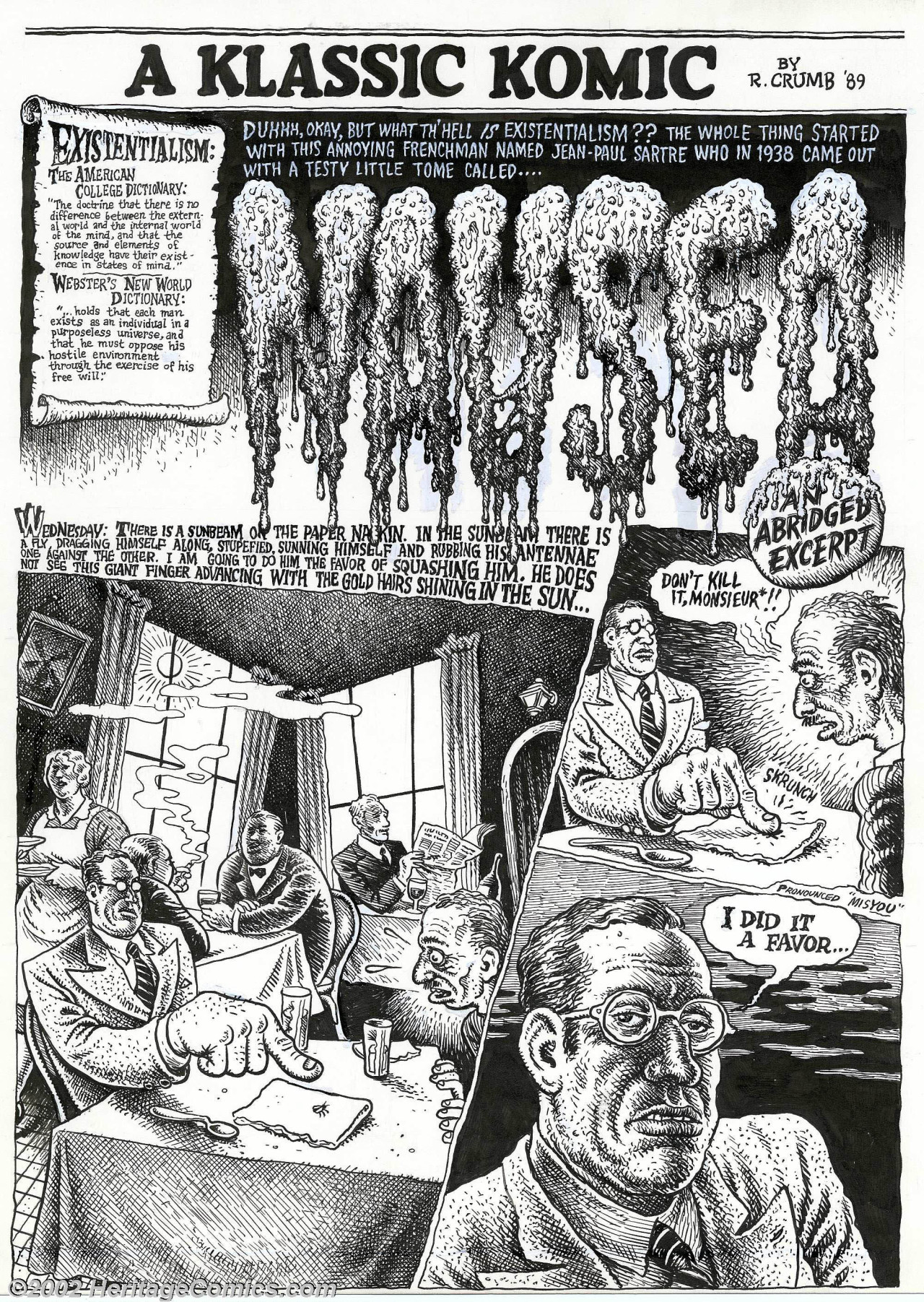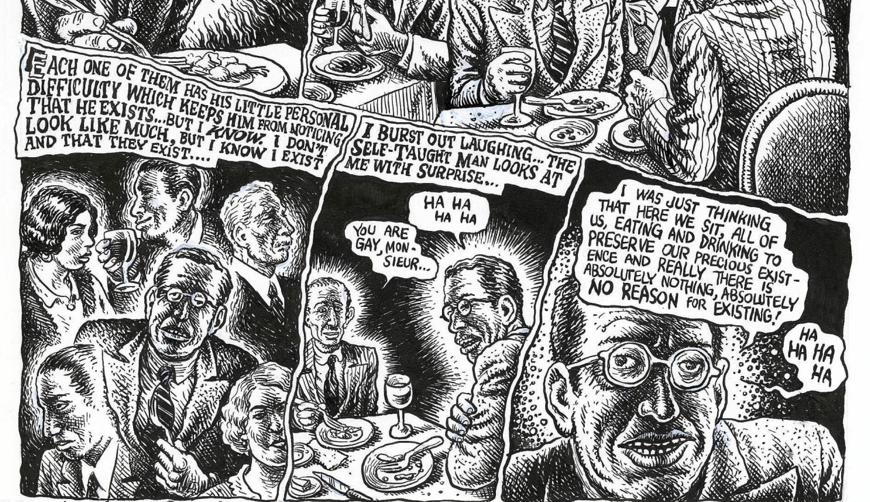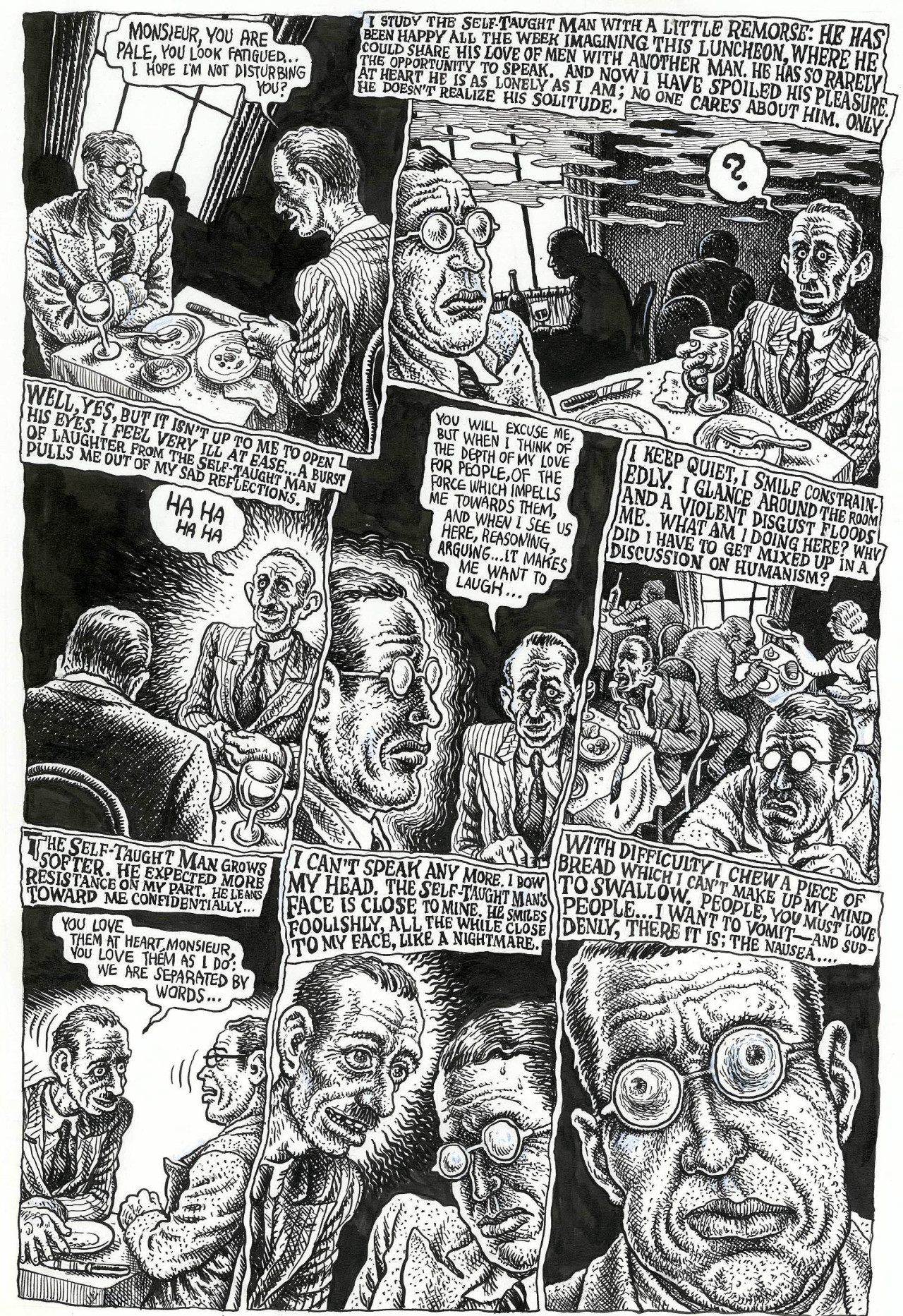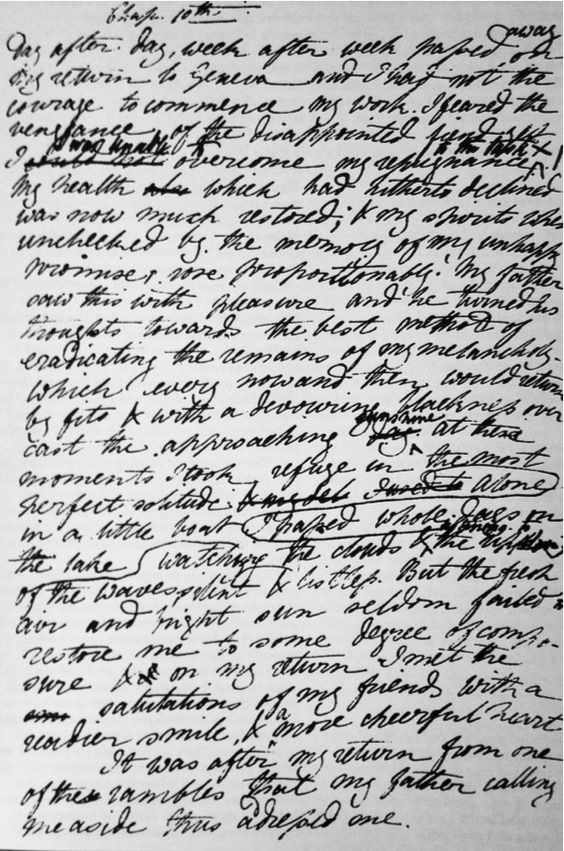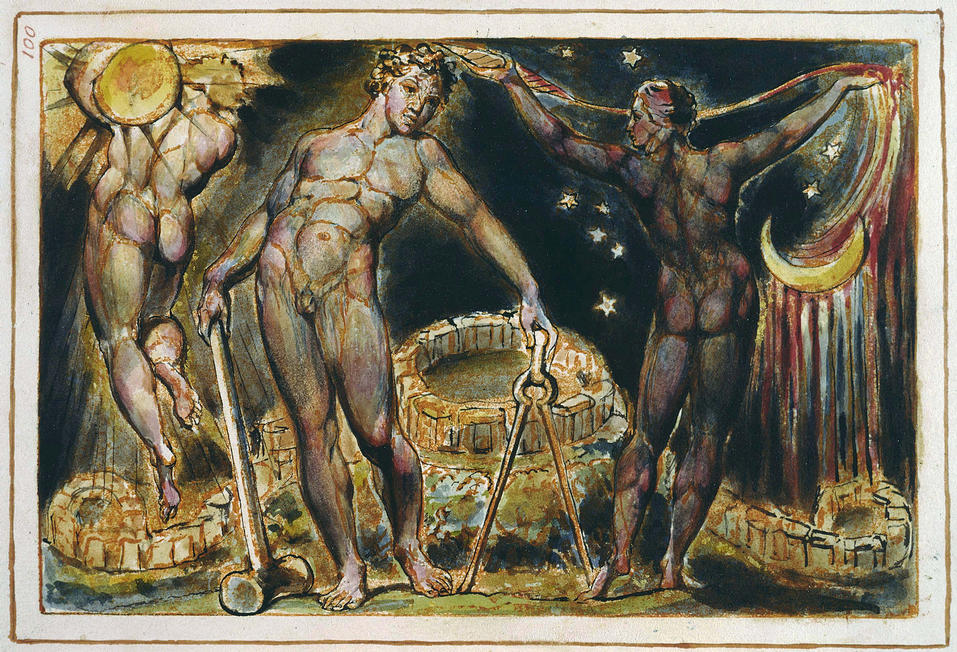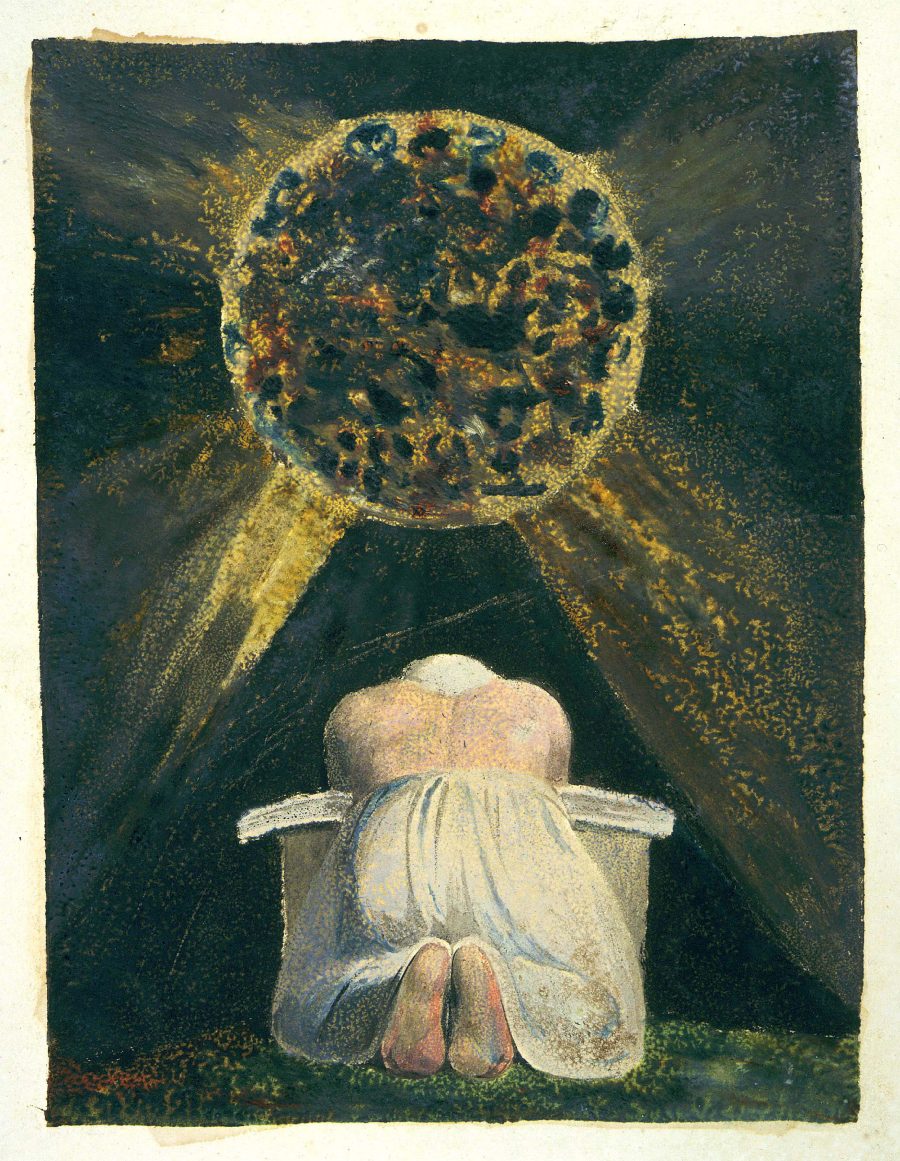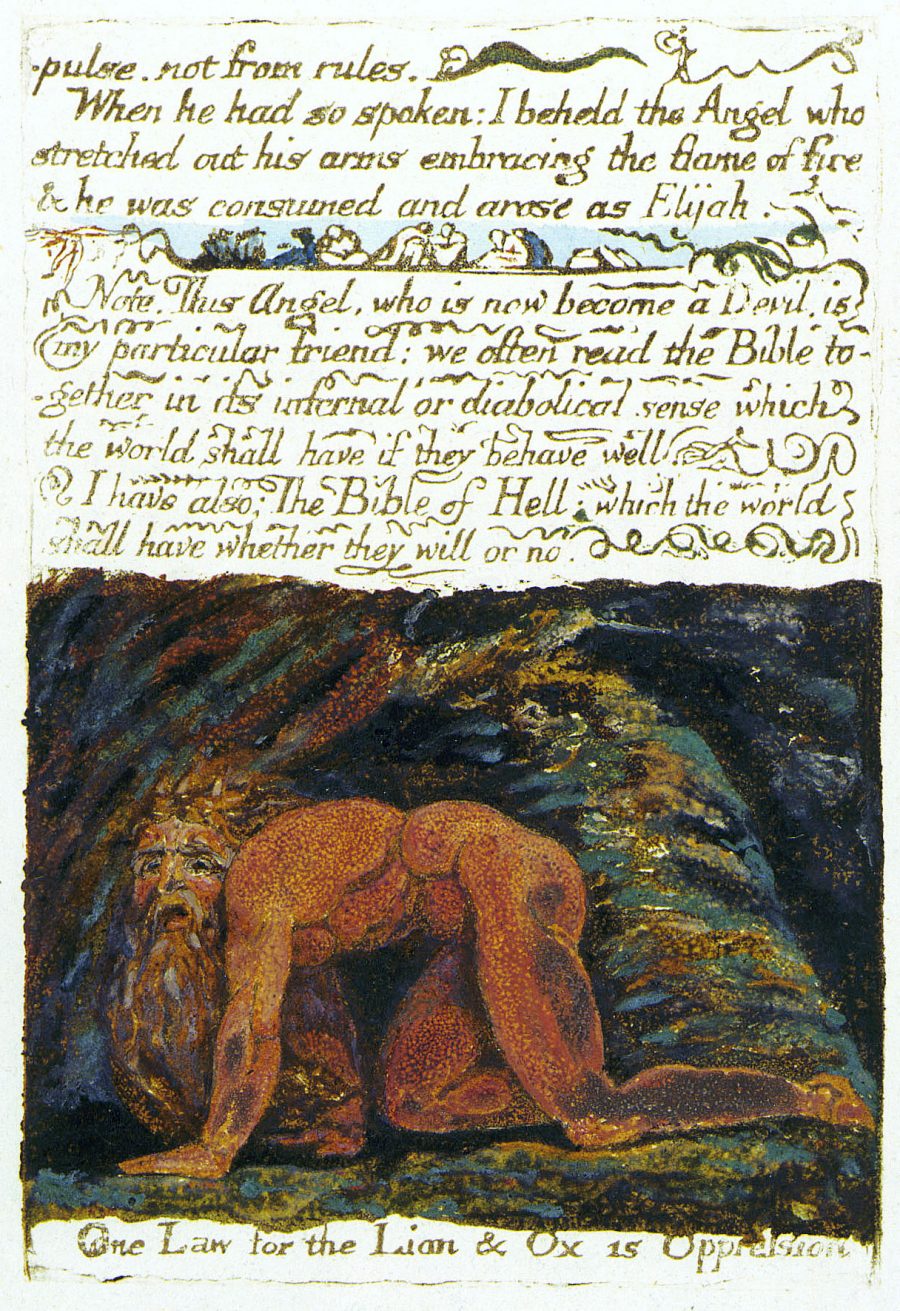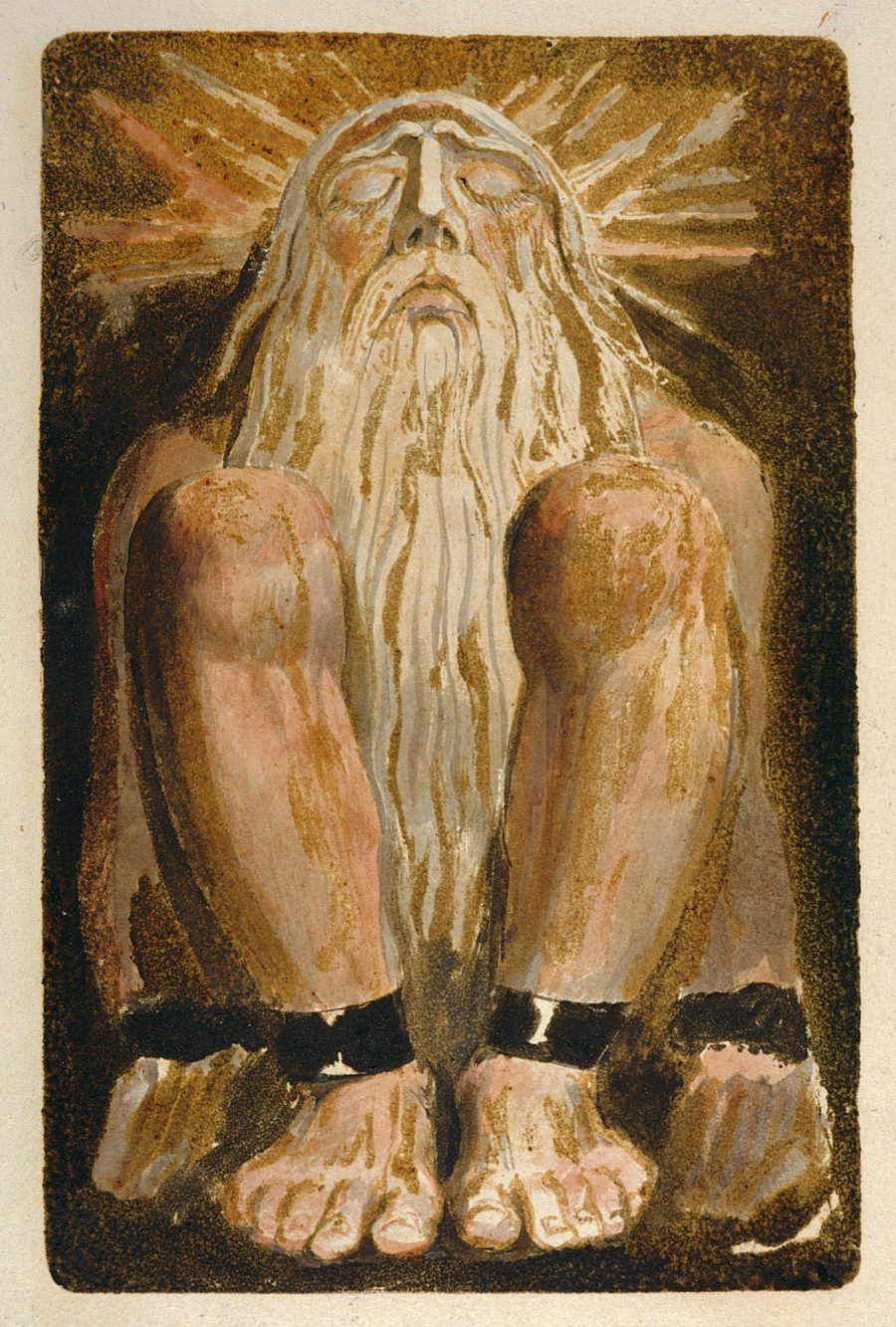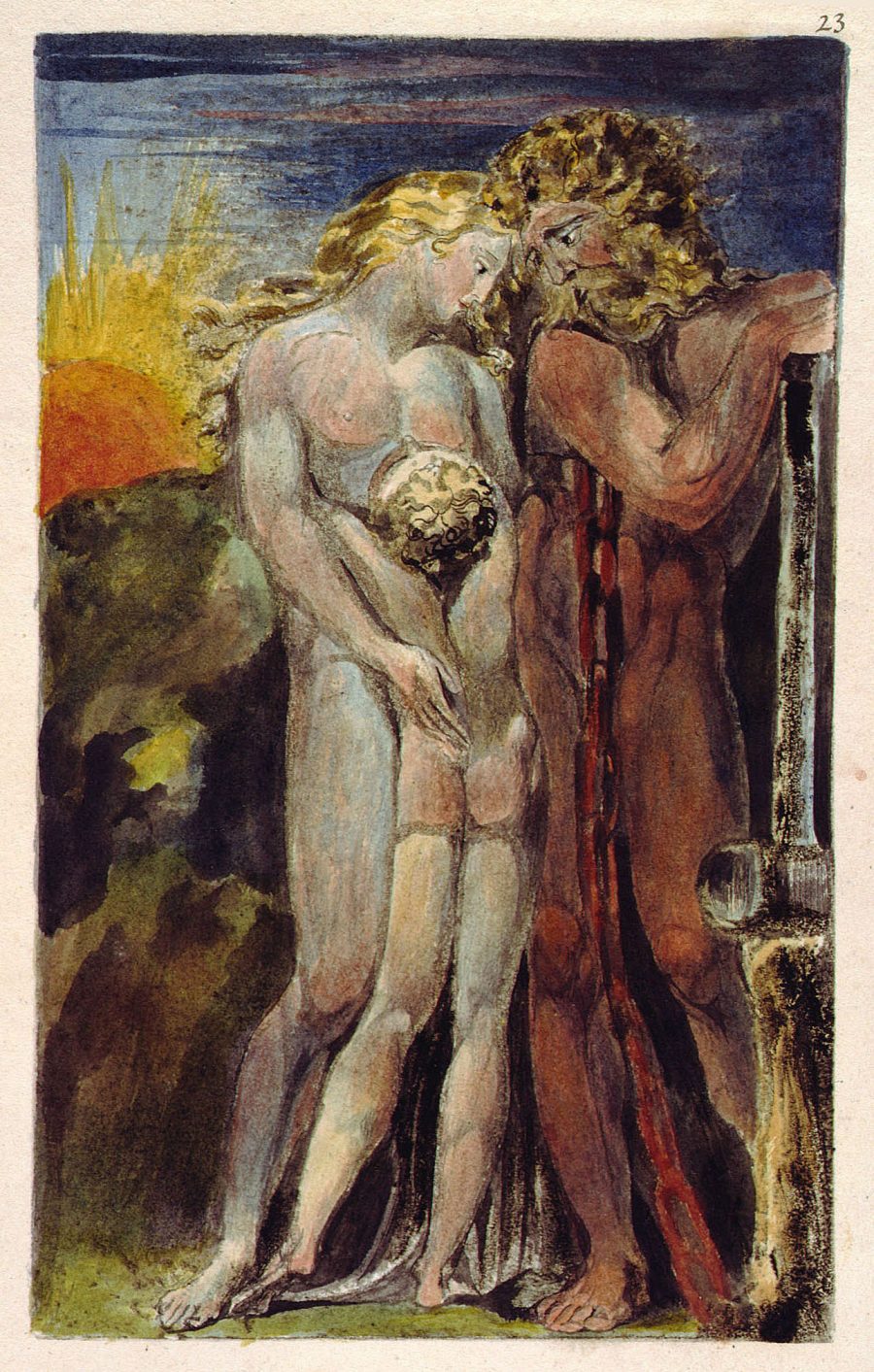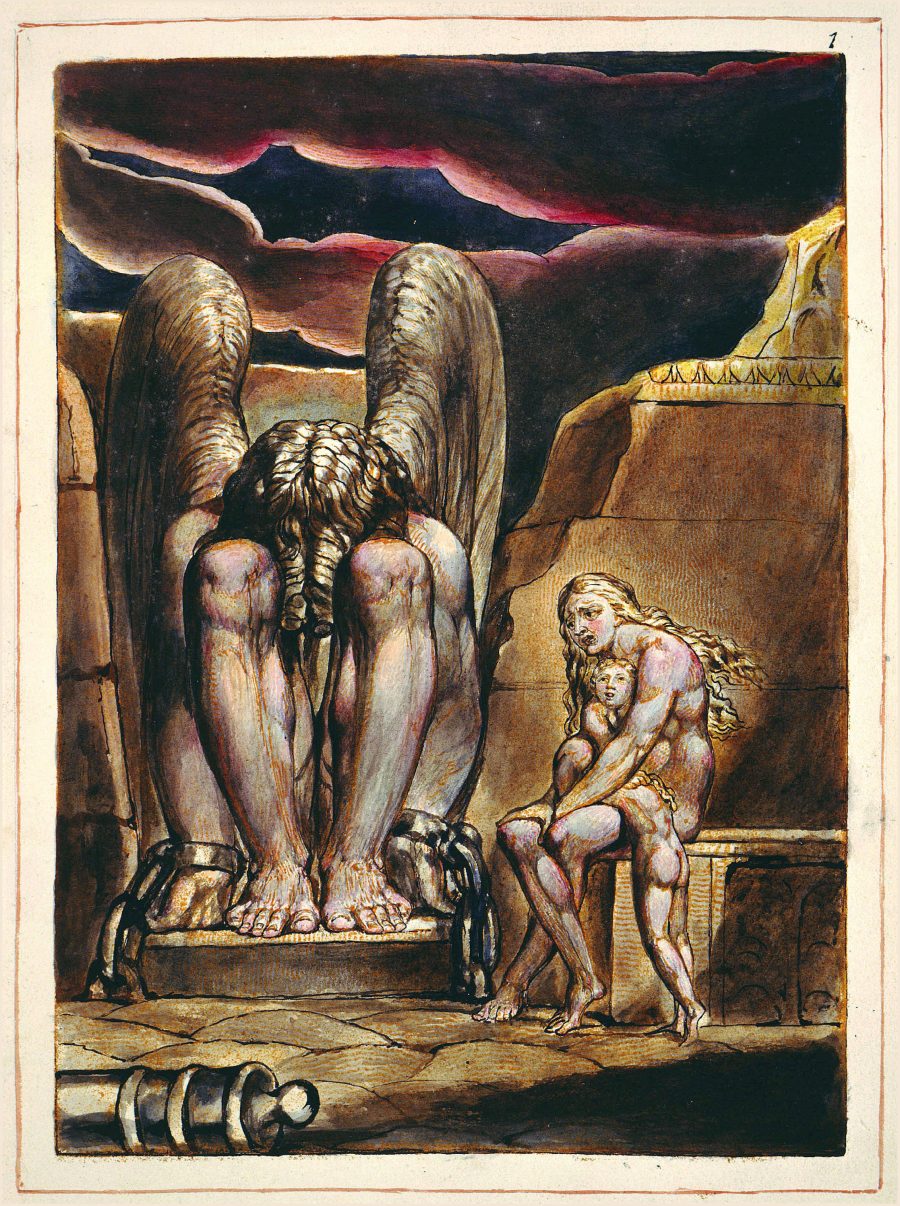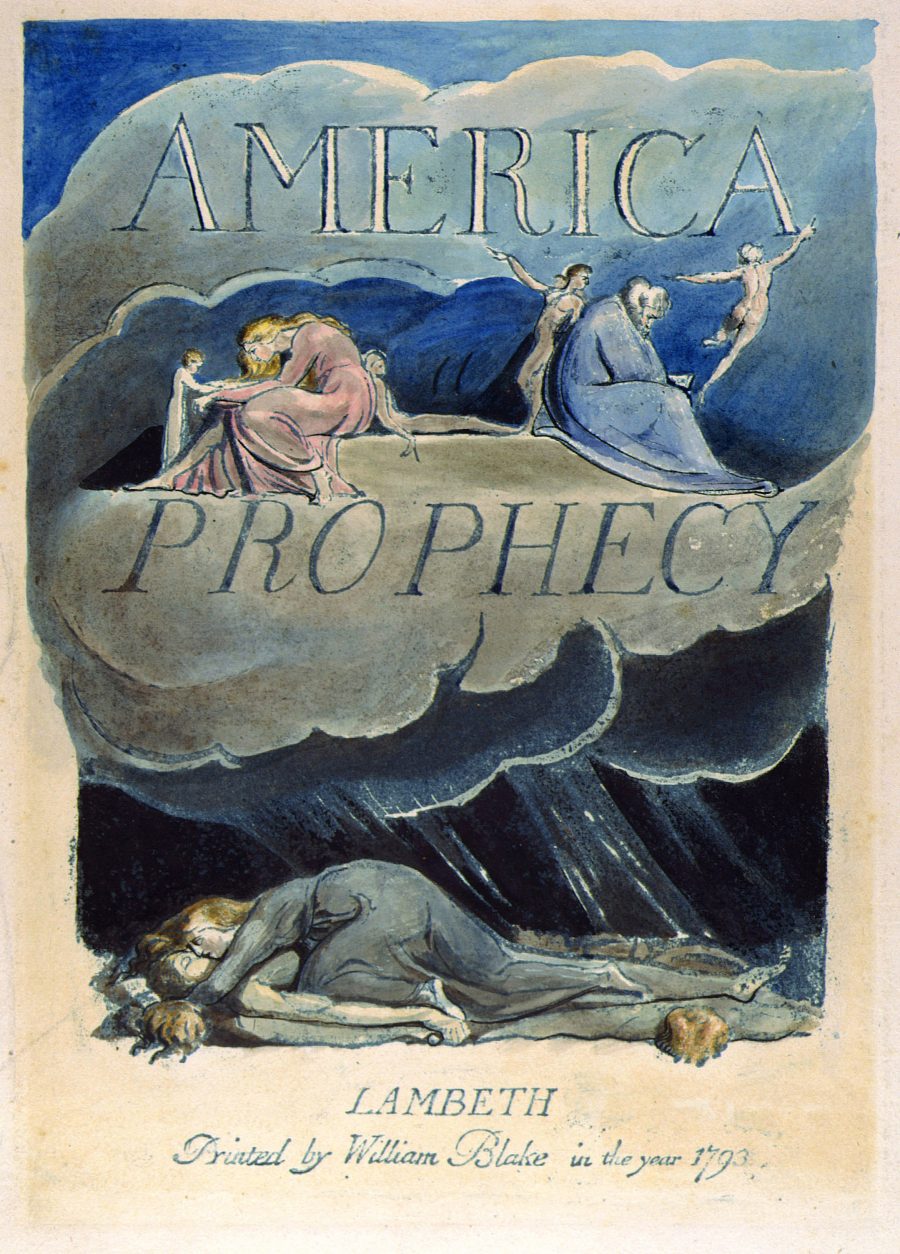In his native Japan, Haruki Murakami has published not just fiction but all sorts of essays dealing with a variety of subjects, from travel to music to writing itself. One collection of these pieces came out under the title Murakami Radio, a possible inspiration for a broadcast of the same name this past summer on Tokyo FM. For its 55-minute duration, Murakami took the DJ’s seat and spun records (or rather, files from several of his music-filled iPods) from his famously vast personal library, including The Beach Boys’ “Surfin’ USA,” Joey Ramone’s version of “What a Wonderful World,” Eric Burdon and The Animals’ “Sky Pilot,” and Daryl Hall and John Oates’ version of “Love Train.” You can listen to all his selections in the Youtube Playlist above.
“It has been my hobby to collect records and CDs since my childhood, and thanks to that, my house is inundated with such things,” wrote Murakami in a message posted by Tokyo FM. “However, I have often felt a sense of guilt toward the world while listening to such amazing music and having a good time alone. I thought it may be good to share such good times with other people while chatting over a glass of wine or a cup of coffee.”
He also chatted a bit himself between songs, answering listener questions and explaining the relationship between the music he loves and the books he writes. “Rather than learning storytelling technique from someone, I’ve taken a musical approach, while being very conscious about rhythms, harmony and improvisation,” he said on-air. “It’s like writing as I dance, even though I don’t actually dance.”
For many of Murakami’s fans, Murakami Radio (full recordings of which do exist on the internet) marks the first time they’ve ever heard his actual voice, and it turns out to have a thing or two in common with his authorial one: take, for instance, his use of boku, the informal personal pronoun favored by most of his narrators. With the broadcast initially announced as a one-off, it might also have seemed like the last chance to hear Murakami speak, but the official Murakami Radio site recently announced two more editions. The next one, scheduled for October 19th, will deal with not just music but another of Murakami’s passions, running. Anyone who’s read Murakami’s 1979 debut novel Hear the Wind Sing will remember the talkative Saturday-night radio DJ who makes occasional appearances in the text — and may wonder if, nearly 40 years later, Murakami channels him again when he gets behind the microphone himself.
Related Content:
David Bowie Becomes a DJ on BBC Radio in 1979, Introduces Listeners to The Velvet Underground
Talking Heads, Blondie & More
A 3,350-Song Playlist of Music from Haruki Murakami’s Personal Record Collection
Haruki Murakami’s Passion for Jazz: Discover the Novelist’s Jazz Playlist, Jazz Essay & Jazz Bar
Based in Seoul, Colin Marshall writes and broadcasts on cities, language, and culture. His projects include the book The Stateless City: a Walk through 21st-Century Los Angeles and the video series The City in Cinema. Follow him on Twitter at @colinmarshall or on Facebook.

